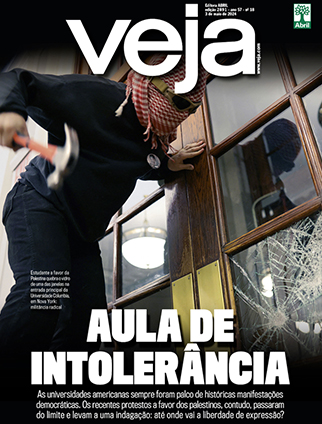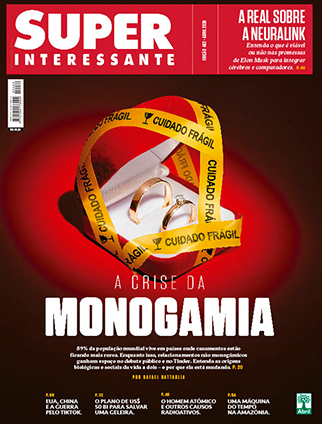The myth of the nation split in two
The 2014 electoral race, with all its tragedy, reverses and passion, is now being seen as a milestone which resulted in a national split. However, the opposite is actually the case: voters are distancing themselves from the PT in successive elections at a steady, slow pace typical of stable countries
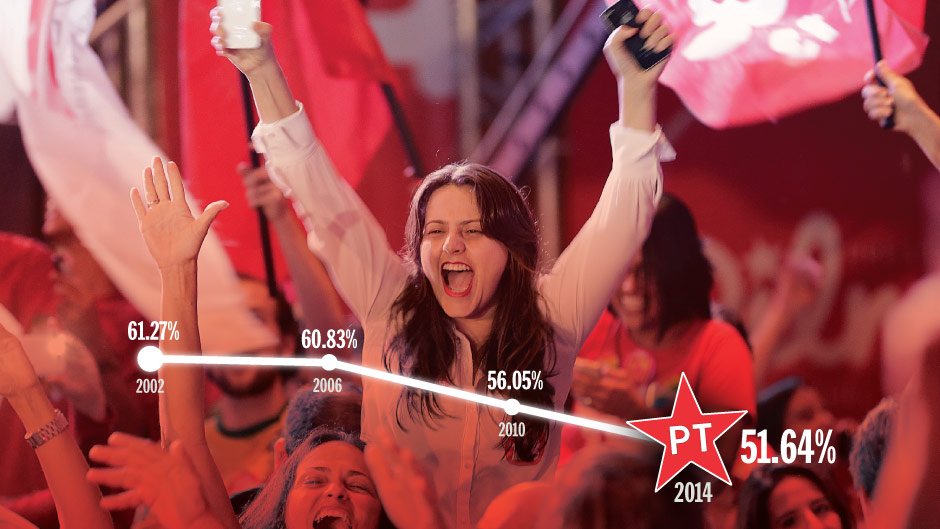
A few months before the presidential election, any academic expert on politics would have said the PT had lost irredeemably. Analysts say three factors dictate an election in democracies: the state and view of the economy, the government´s popularity and the length of time the party has been in power — the more time, the worse its prospects. The Brazilian economy entered a technical recession and pessimism grew, Dilma Rousseff´s popularity was at rock bottom and the PT was completing 12 years in the Planalto Palace, the longest period in Brazil´s democratic history. Therefore, the three indicators favored the PSDB.
Political scientist Antonio Lavareda said: “The PSDB knows internally and in a reserved way that it lost as a result of the campaign it carried out and the strategic mistakes it committed”. The PT ruthlessly exploited everything that fell into its lap. It took advantage of Aécio Neves´s claim that Rousseff was “frivolous” to portray him as being dismissive of women. They used the PSDB defeat in the Minas Gerais state governorship election to repeat ad nauseam a slogan that proved to be efficient, i.e. “Those who know Aécio do not vote for Aécio”. When everything conspired against the PT and pointed to its defeat, the party turned the game round and won, albeit by a small amount.
The good news for the PSDB is that the party ended the campaign on a roll. Its performance is improving at each election while the PT is declining. The PT´s electorate has shrunk by 10 percentage points from 2002 to date, dropping gradually steadily from 61% to 51%. Lula lost only in Alagoas state in the first presidential victory. However, in 2006, he lost in the three states in the South, the two Mato Grosso states, Roraima and São Paulo. Four years later, Rousseff added Acre, Rondônia, Espírito Santo and Goiás to the list of losses. In this election, the Federal District also went.
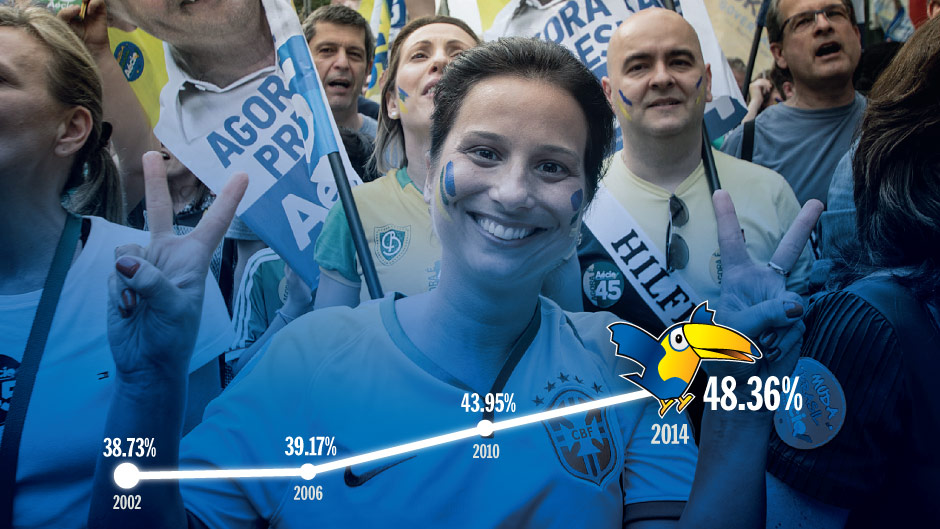
THE PSDB RISING – The PSDB electorate has grown by 10 percentage points over the last four elections
The outlook is similar in the country´s five largest electoral colleges. The PSDB is ahead of the PT in two, São Paulo and Rio Grande do Sul. Its advantage in São Paulo comes to 29 points and seven points in Rio Grande do Sul. The PT still has more votes in the other three but its lead has been falling in all of them. Its lead has narrowed to five points in Minas Gerais and to 10 points in Rio de Janeiro. The gap in Bahia is an enormous 40 points but it has been narrowing even there. If the trend seen since 2002 is maintained, the PT will not win the next election. Perhaps it was for this reason, that, even though the election results had hardly been completed, Lula was already insinuating that he would be the candidate in 2018, when he would be 73.
These figures, seen in successive elections, already point in themselves to the view that Brazil has emerged from the election as a country split in two — a view partly upheld by such a tight national result: 51.64% for Dilma Rousseff and 48.36% for Neves. Two maps based on the results would show an invented country – one a “red” Brazil in the north and another a “blue” Brazil in the south, giving the illusion of a country split in two. However, the big map shows the real situation which is more complex and with nuances: the electorate is not split by geography, with those in the south on one side and those in the Northeast in the other, but by the social and economic situation. For this reason, although Neves received a large amount of votes in the rich, advanced areas, he also won votes in a poor state like Piauí, although few. In line with this reasoning, Rousseff, the candidate of the poorer areas, had votes in Santa Catarina, not many but she did have them. Lavareda summed this up by saying: “It does not mean the PT is appreciated in the Northeast or there is an aversion to the PT in the south”.
Take the case of the Southeast which is Brazil´s most populous and richest region. Neves won 25.5 million votes but Rousseff won 19.9 million in the four states in the region. Obviously this was a decisive performance for her victory. Neves won 9.7 million votes in the southern region but 6.8 million voters opted for Rousseff. The mistaken idea of a divided country is to interpret the victory of one candidate in a certain region as if the whole region had voted for the winner. (Those who are making the silly claim that the country should be divided should consult the 26.6 million electors in the South and Southeast who voted for the PT or the eight million in the Northeast who chose the PSDB candidate.)
The view that the populous and poor Northeast is responsible for the reelection of Dilma Rousseff is part of the misleading mythology of politics. Rousseff won because she notched up a solid performance — never below 40% — in all regions of the country. The Northeast gave her the eye-catching victory but, without the reasonably important support of electors in the South and Southeast, Rousseff would not only have lost the election but have been thrashed.
The 20 million votes Rousseff won in the nine states of the Northeast strengthened the idea that the Bolsa Família social security program, the biggest of its kind in the country, is the best explanation for the PT´s electoral success in the region. There is no doubt that the program has an extraordinary weighting in deciding how the poorest part of the population votes, to such an extent that there is a clear correlation: the more Bolsa Família beneficiaries, the more votes for the PT. However, the program´s influence is relative. Political scientist Alberto Carlos Almeida carried out a survey between August 25 and 29 in which he asked voters if their lives had improved and, if so, the reason why. The level of employment came first and was mentioned by 50% of the respondents. Only 24% pointed to social policies and 18% to the increase in the minimum wage.
It is easy to assume that the PT has turned into the old-fashioned Northeastern regional leader, known as the “colonel”, of the 21st century. The Bolsa Família program has become its means of obtaining votes. To parody Victor Nunes Leal, author of the classic book Coronelismo, Enxada e Voto – “Colonel Power, Hoe and Vote” – we would have now the slogan “PTism, Bolsa Família and Vote”. However, the best explanation for the PT´s performance in the Northeast is the coming together of a combination of social policies — from financing university studies to popular housing — with an exemplary job of marketing. In a few years the PT, that had previously identified with the mass of organized workers and the urban middle classes, lost contact with its original base and very quickly promoted itself as the defender of the poorest section of society. In doing so, it reincarnated a contemporary version of populism, known as “brizolismo” in Brazil. “The PT managed to create the image for itself as the party of the poor,” said political scientist Jairo Nicolau, of the Federal University of Rio de Janeiro. “At the moment of voting, this weighs on the elector in the Baixada Fluminense and Vale do Jequitinhonha regions,” he said, referring to two of Brazil´s poorest areas.” Another factor on top of the image that the PT has projected in the Northeast is the fact that the region´s economy has been systematically outperforming the Brazilian average.
While the domestic economy shrank by 0.6% in the first five months of this year, the Northeast´s economy grew by 4%, according to Central Bank data. The federal government has invested massively in the region. In Rousseff´s mandate, R$ 8 billion has been invested in housing alone in Pernambuco, a figure that came to R$ 9 billion in Ceará state and R$ 4.5 billion in Rio Grande do Norte. Seven universities have been built in the region from 2000 to date, and the number of Northeasterners in higher education has jumped from 400,000 to 1.4 million. The progress in the region, combined with social policies, shows that the Northeasterners had solid reasons to want the reelection of Rousseff.
The Holy Grail of political science is to discover the reasons why people vote as they do. The sociological and psychological theories that originated between the 1950s and 1970s ended up focusing on the “rational choice,” which is the currently the way most people vote. Under this interpretation, the voter is always rational at the time of voting, even though he is not absolutely clear about the reasons for doing so. The voter calculates his own situation, compares it with the choices available and votes — in a selfish way when he only thinks of himself, or in an altruistic way when he thinks of others. It seems simple but it is an almost indecipherable process as it is so complex. Is voting really rational? Does the voter really have enough information to make a rational decision? Even without these answers, it is remarkable that the voter usually has excellent reasons for voting as he does.


 SEGUIR
SEGUIR
 SEGUINDO
SEGUINDO


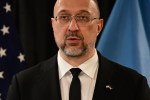 Premiê ucraniano diz que haverá Terceira Guerra Mundial se Rússia vencer
Premiê ucraniano diz que haverá Terceira Guerra Mundial se Rússia vencer A mais longa das noites: países árabes cooperaram com Israel contra Irã
A mais longa das noites: países árabes cooperaram com Israel contra Irã Corrupção leva CNJ a avaliar plano de intervenção no Judiciário da Bahia
Corrupção leva CNJ a avaliar plano de intervenção no Judiciário da Bahia Filho de Renata Lo Prete diz como se inspira nos horários notívagos da mãe
Filho de Renata Lo Prete diz como se inspira nos horários notívagos da mãe Elon Musk: quando a liberdade de expressão encontra a fantasia
Elon Musk: quando a liberdade de expressão encontra a fantasia